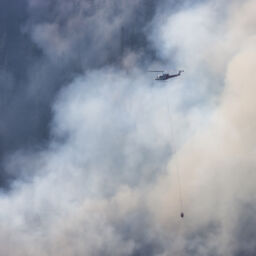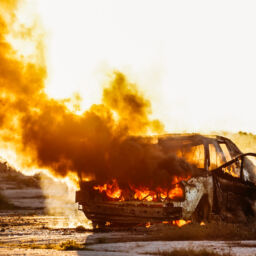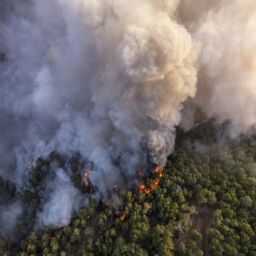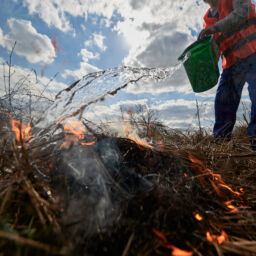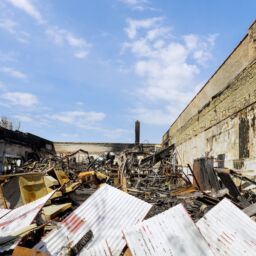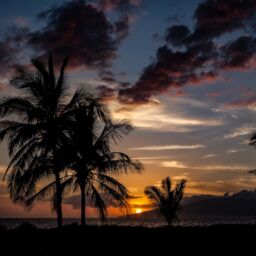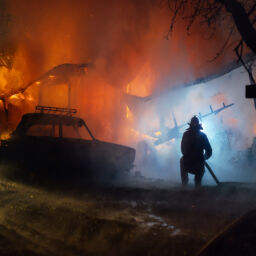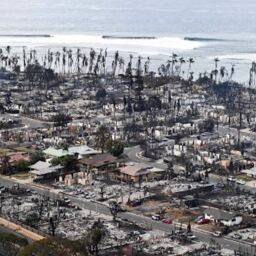On Aug. 8, wildfires swept across Maui and killed at least 97 people, making it one of the nation’s deadliest disasters.
For weeks, the authorities had said that 115 people died in the fire that destroyed most of Lahaina. But they announced on Friday that they had overstated the death toll, a surprising development after initial fears that many more lives had been lost in the disaster.
Meanwhile, the list of people missing has been whittled down to 31 names, from an initial count of thousands.
[…]
Here’s what else we know.
The cause of the fire that devastated Lahaina is under debate.
Experts said one possibility was that active power lines that had fallen in high winds ignited the fire that ultimately consumed Lahaina.
Maui County officials have claimed in a lawsuit that the “intentional and malicious” mismanagement of power lines by Hawaiian Electric, the state’s leading utility, had allowed flames to spark. Law firms have also filed suits on behalf of victims, claiming that the utility was at fault for having power equipment that could not withstand heavy winds, and for keeping power lines electrified despite warnings of high winds amplified by a hurricane hundreds of miles away.
Hawaiian Electric acknowledged in late August that its power lines ignited a fire early on the morning of Aug. 8. But the utility said that its lines weren’t carrying any current by the time flames erupted in the midafternoon and destroyed Lahaina. The cause of that second “afternoon fire,” the utility said, had not yet been determined.
Shelee Kimura, the chief executive of Hawaiian Electric, called the county’s lawsuit “factually and legally irresponsible.”
Worsening drought conditions probably contributed. Nearly 16 percent of Maui County was in a severe drought at the time of the blaze, according to the U.S. Drought Monitor. Compounding the trouble, none of the 80 warning sirens placed around the island were activated, there was a water shortage for firefighters, and the evacuation route was jammed with traffic.
Hawaii’s attorney general, Anne E. Lopez, said that an outside agency would investigate the state government’s response. A U.S. House committee said that it would hold its first public hearing on the Maui fires on Sept. 28. Ms. Kimura is among those expected to testify.
[…]
What’s next?
There are widespread fears that rebuilding will be difficult or impossible for many residents. State and local officials are considering a moratorium on sales of damaged or destroyed properties to prevent outsiders from taking advantage of the tragedy. Ms. Lopez told property owners in the burn area to report any unsolicited offers to buy their properties. “Preying on people who suffered the most from the tragedy on Maui is despicable,” she said.
The Hawaii Tourism Authority approved a $2.6 million marketing plan on Aug. 31 to encourage travel to Maui but asked that tourists be respectful and not visit the Lahaina area or West Maui. But in an emergency proclamation signed on Sept. 8, Governor Green said the guidance that discouraged nonessential travel to West Maui would be discontinued on Oct. 8, with the exception of Lahaina.
A longer-term worry is the changing climate.
The area burned by wildfires in Hawaii each year has quadrupled in recent decades. Invasive grasses that leave the islands increasingly susceptible to wildfires and climate change have worsened dry and hot conditions in the state, allowing wildfires to spread more quickly, climatologists say.
Full Story: NYT September 20, 2023




